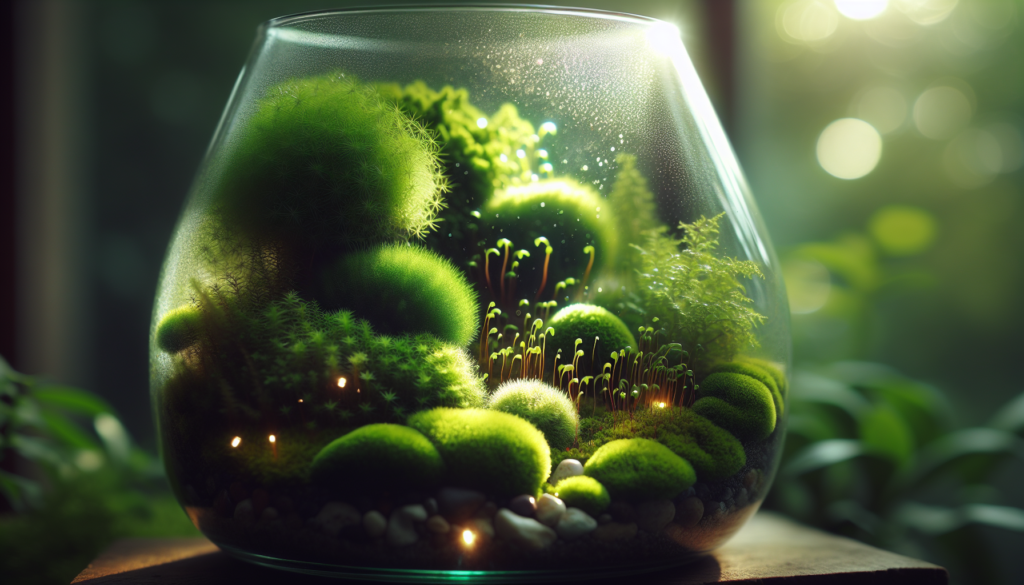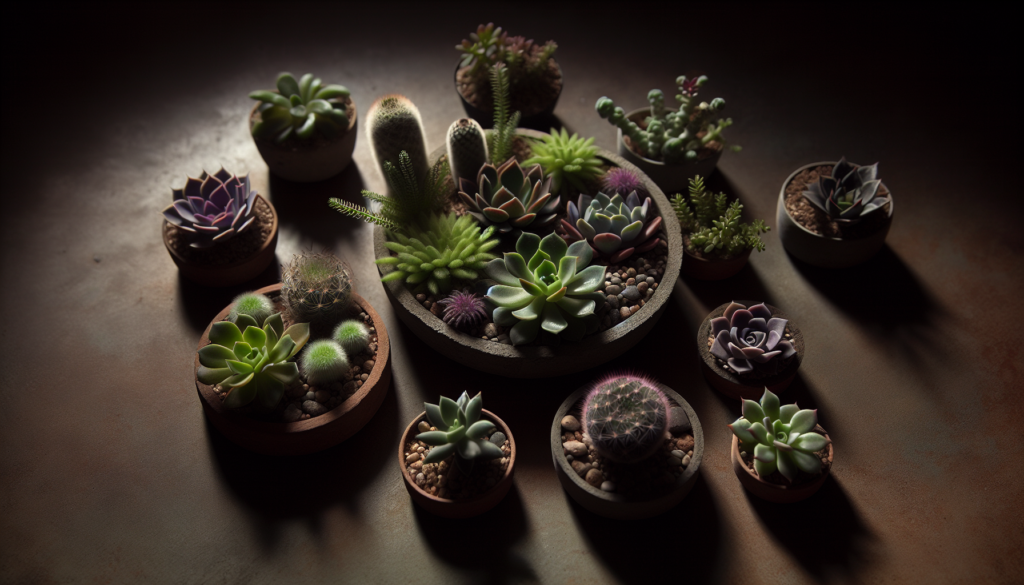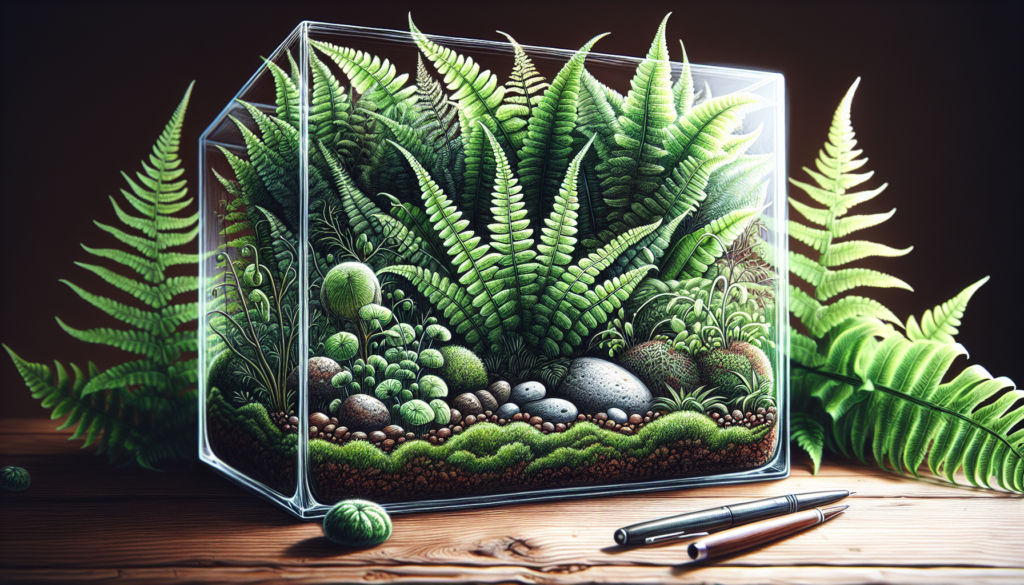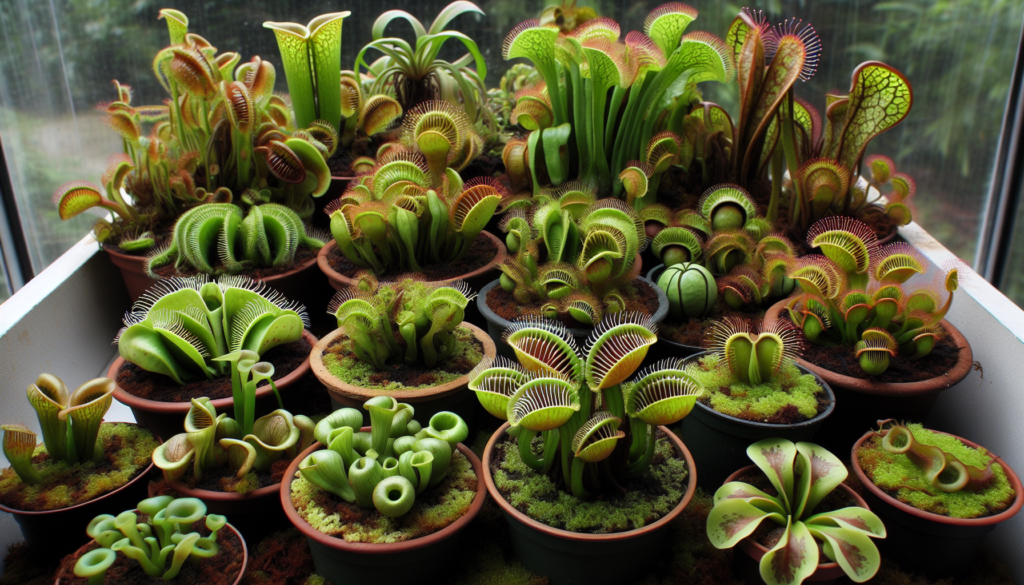With these 9 tips for indoor plant HACKS you’ll never water your houseplants the same way again, whether you use ice cubes or build your own trellises. Learn everything you need to know to give your green pals the best possible start by jumping in!
#9 Ice Cube Watering
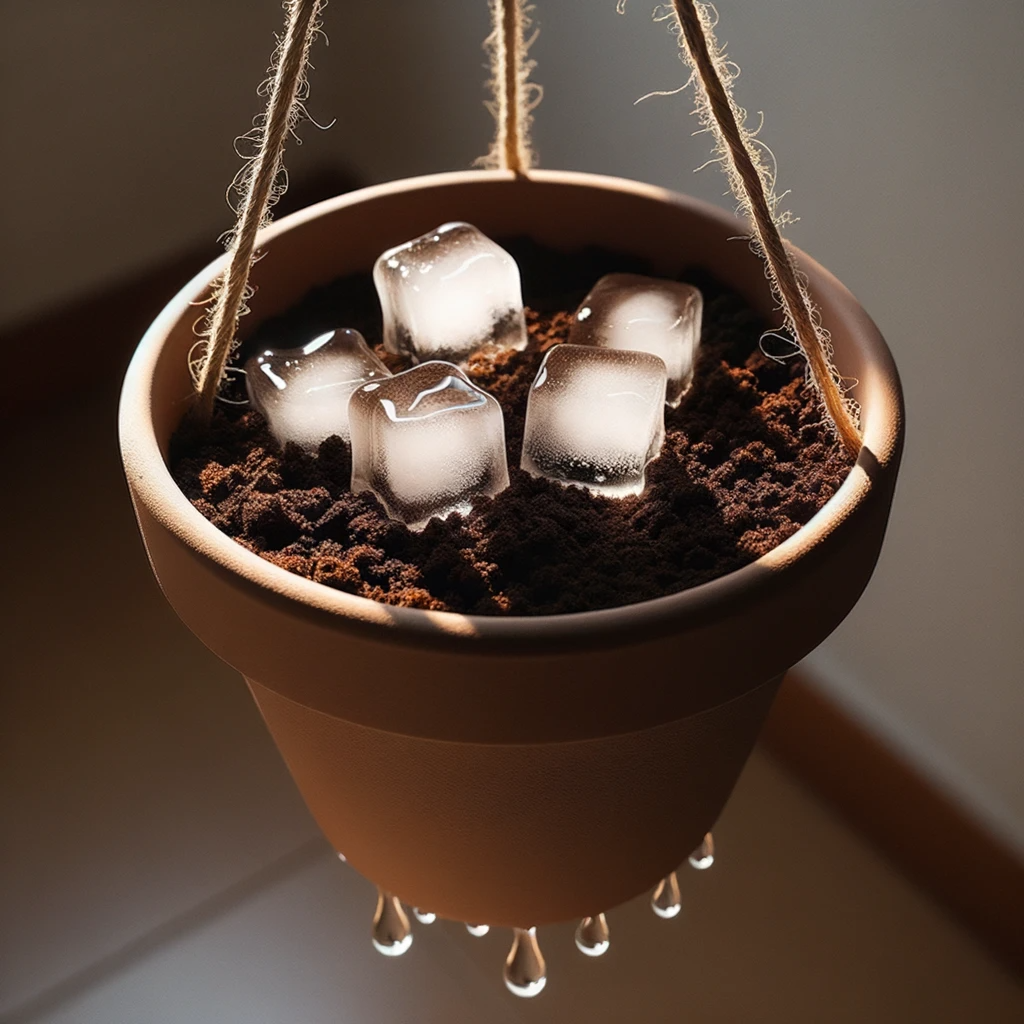
Using ice cubes to water plants is a practical approach, especially for hanging plants. As the ice melts, it allows the soil to absorb the water slowly, preventing any water from dripping out of the pot. It’s a clean and effective method to ensure your plants get the moisture they need without the mess.
-
- Best for: Hanging plants, orchids, and ferns.
- Tip: Use distilled or purified water to make the ice cubes to avoid mineral buildup.
- Note: Ensure the temperature in the room isn’t too cold to prevent shock to the plants.
#8 Plant Placement
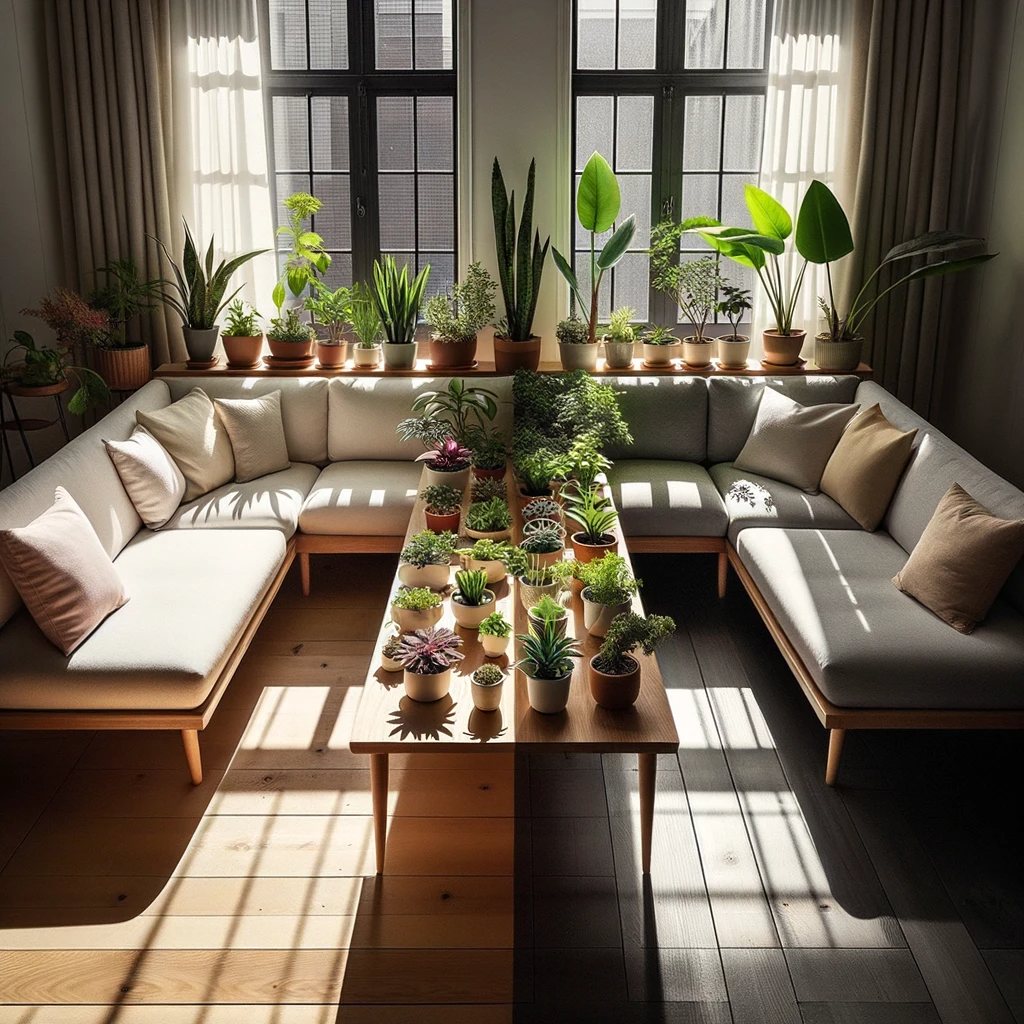
Strategically placing plants using furniture can optimize their sunlight exposure. Sofa tables, for example, can be used to position plants directly in front of windows. This ensures they receive ample sunlight without occupying too much floor space.
-
- Best for: Succulents, snake plants, and rubber plants.
- Tip: Ensure the window has a sheer curtain to diffuse direct sunlight.
- Note: Rotate plants occasionally to ensure even light exposure.
#7 Coffee Ground Fertilizer
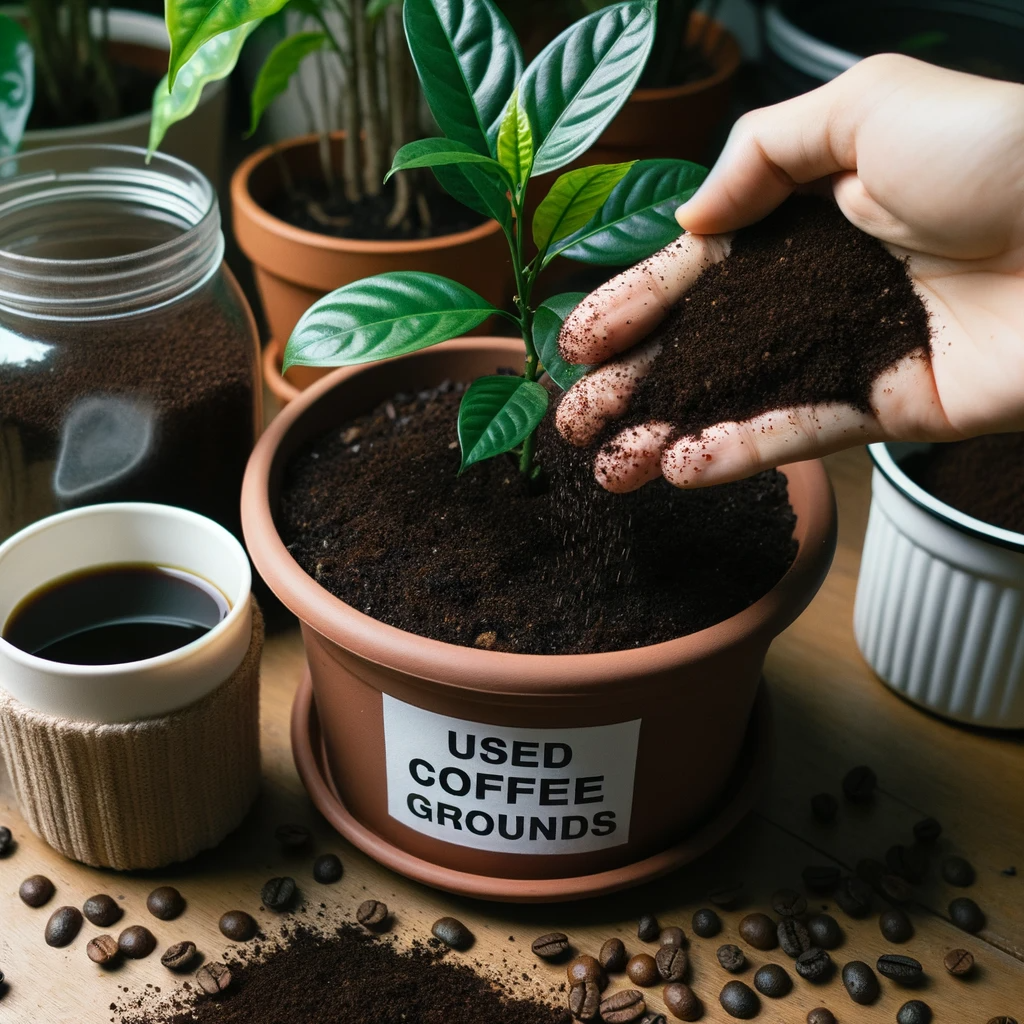
Repurpose your used coffee grounds as a natural fertilizer. Coffee grounds are rich in nitrogen, making them an excellent supplement for houseplants. Simply sprinkle the grounds on the soil or mix them in.
-
- Best for: Pothos, philodendrons, and peace lilies.
- Tip: Ensure the coffee grounds are cool before application.
- Note: Don’t overdo it; once a month is sufficient.
#6 Moisture Meter
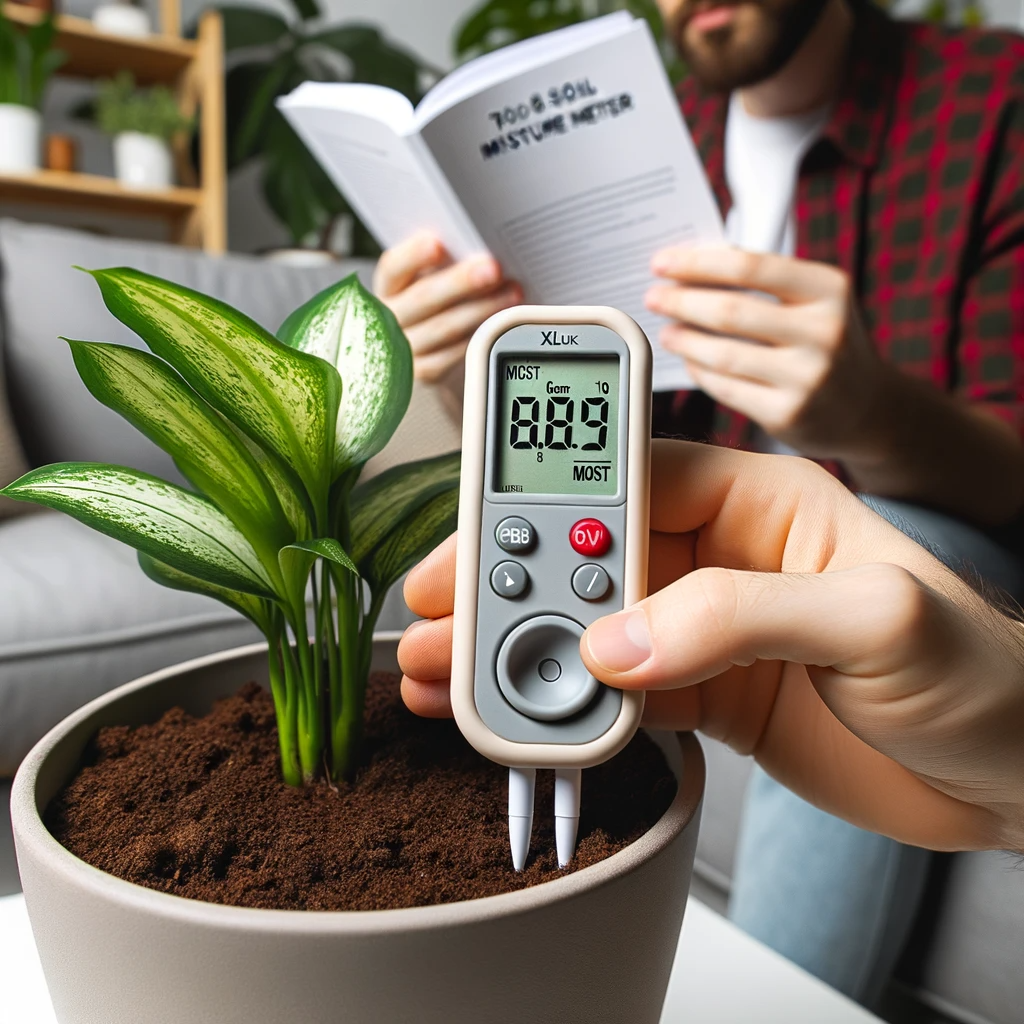
Overwatering can be harmful to plants. Investing in a moisture meter can help you accurately determine the soil’s moisture level. This ensures you water your plants just the right amount, promoting healthier growth.
-
- Best for: Fiddle leaf figs, ZZ plants, and spider plants.
- Tip: Insert the meter about 2 inches into the soil for accurate readings.
- Note: Check the moisture levels once a week.
#5 Plant Rotation
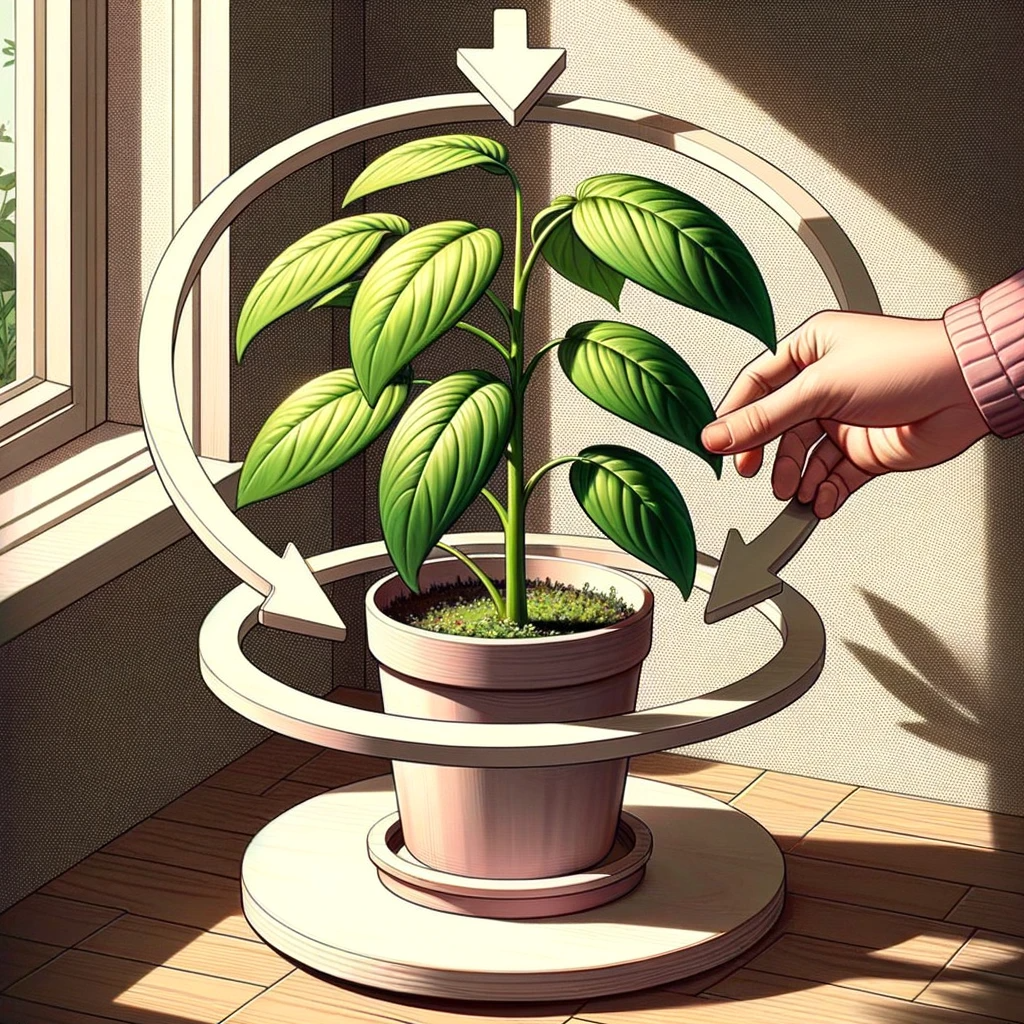
Plants tend to lean towards their light source. Regularly rotating them ensures they get even sun exposure, promoting symmetrical growth. It’s a simple yet effective way to keep your plants looking their best.
-
- Best for: Monstera, rubber plants, and snake plants.
- Tip: Rotate your plants 90 degrees every week.
- Note: Ensure all sides of the plant get equal sunlight.
#4 Rainwater Treatment
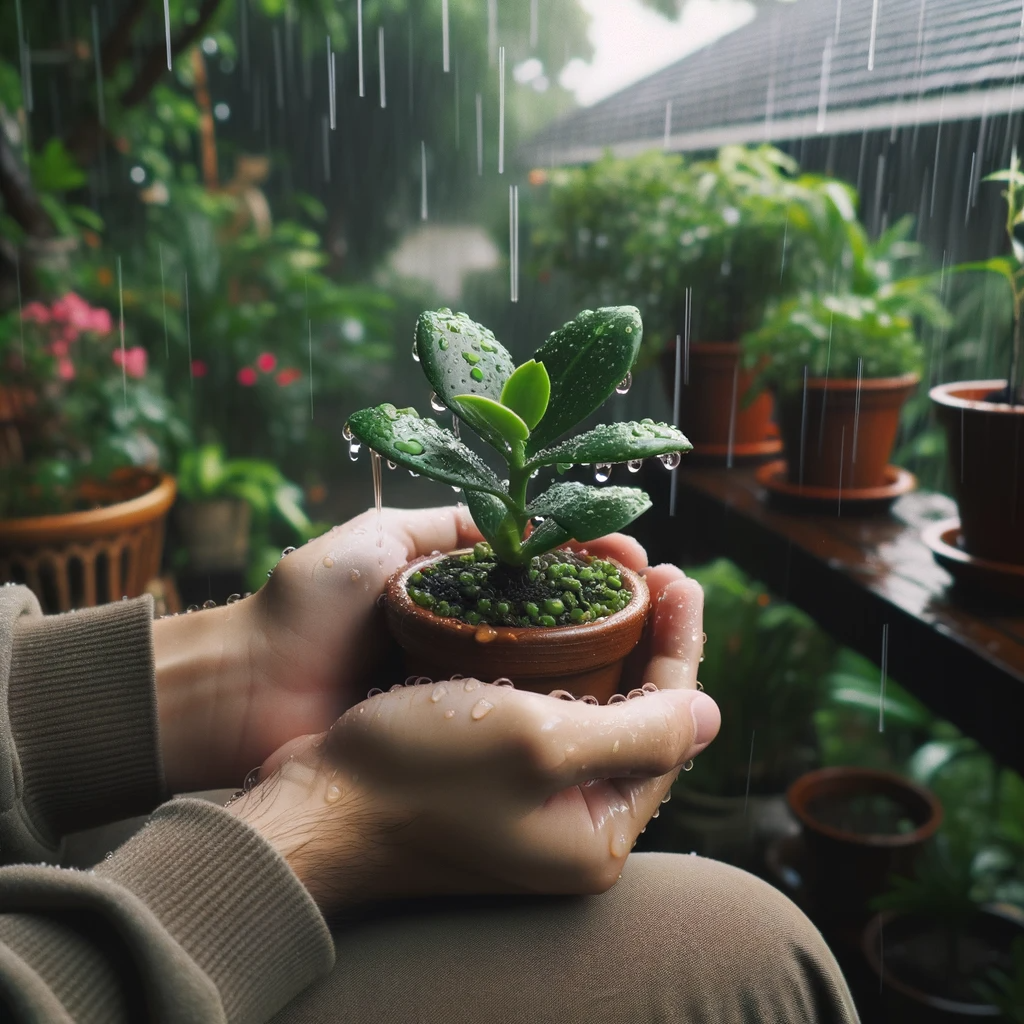
Natural rainwater can be rejuvenating for plants. On days with light rain, take your smaller potted plants outside. This provides them with natural watering and a refreshing change.
-
- Best for: Ferns, begonias, and African violets.
- Tip: Ensure the rain is light and not a downpour.
- Note: Avoid leaving plants out for extended periods to prevent waterlogging.
#3 Indoor Garden Setup
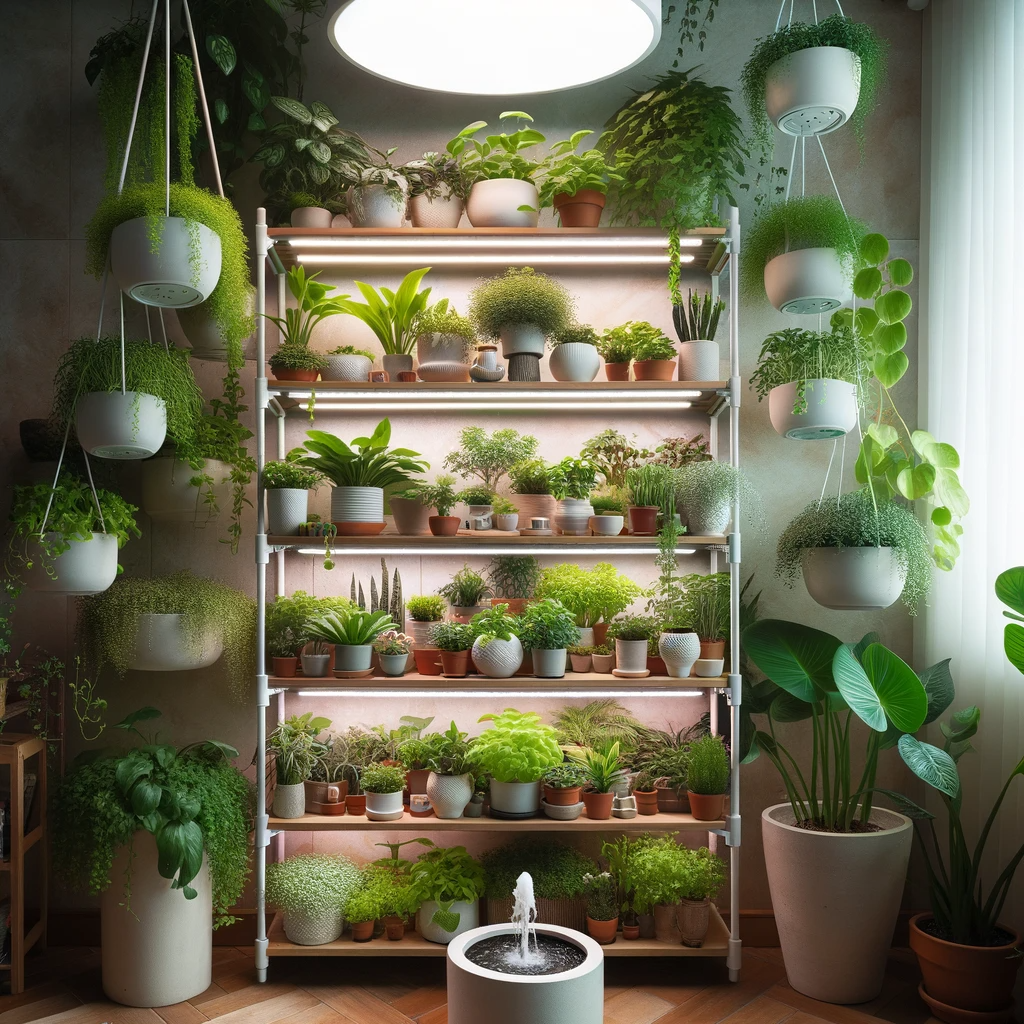
Transform a section of your home into a lush indoor garden. Multi-tiered shelves can host a variety of plants, and a soft white LED grow light ensures they get the light they need. Enhance the ambiance with a tranquil fountain for added relaxation.
-
- Best for: A mix of tropical plants, succulents, and air plants.
- Tip: Ensure the LED light is at the right distance from the plants.
- Note: Consider adding a small humidifier for tropical plants.
#2 Natural Insect Repellent
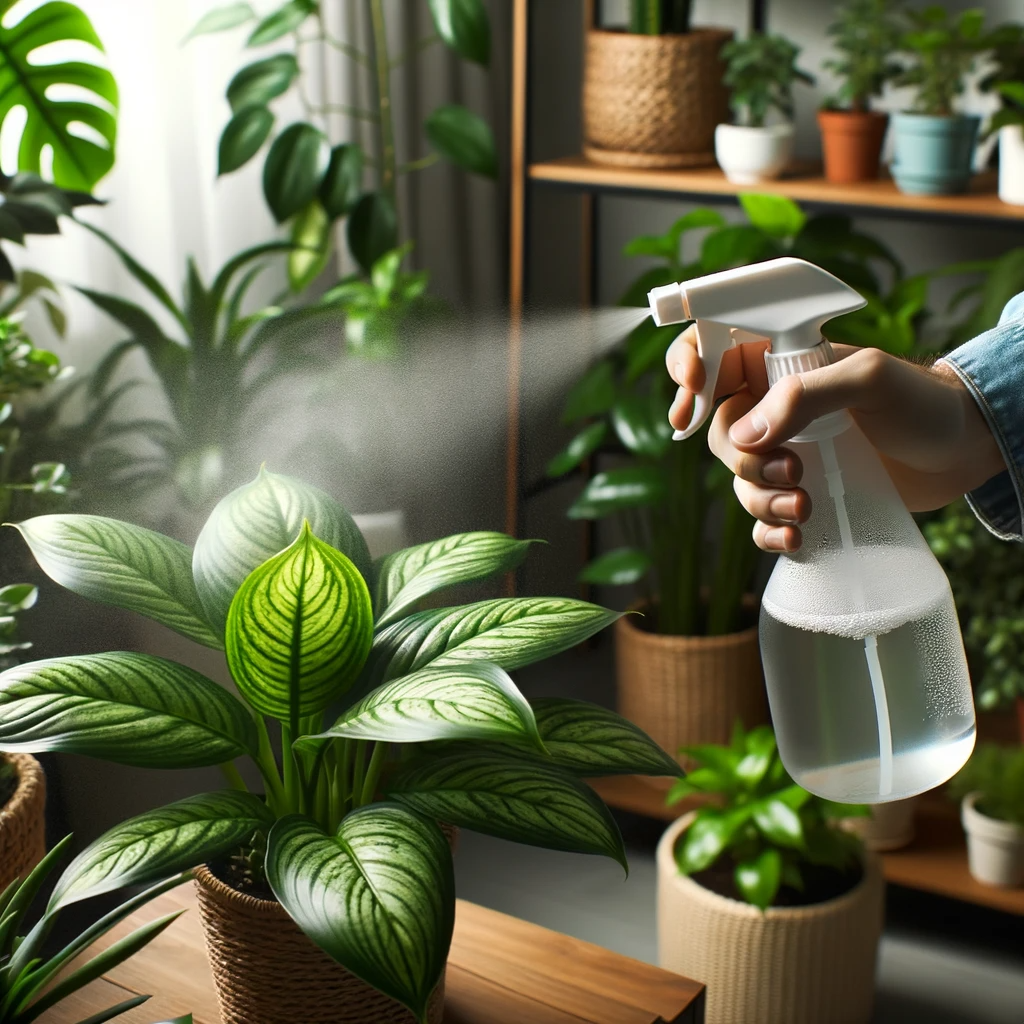
Keep pests at bay with a natural insect repellent. A mixture of water and mild soap sprayed on plants acts as a deterrent for many insects. It’s a safe and chemical-free way to protect your plants.
-
- Best for: Almost all indoor plants.
- Tip: Use a soft cloth to wipe the leaves after spraying.
- Note: Test on a small section of the plant before widespread application.
#1 DIY Trellis
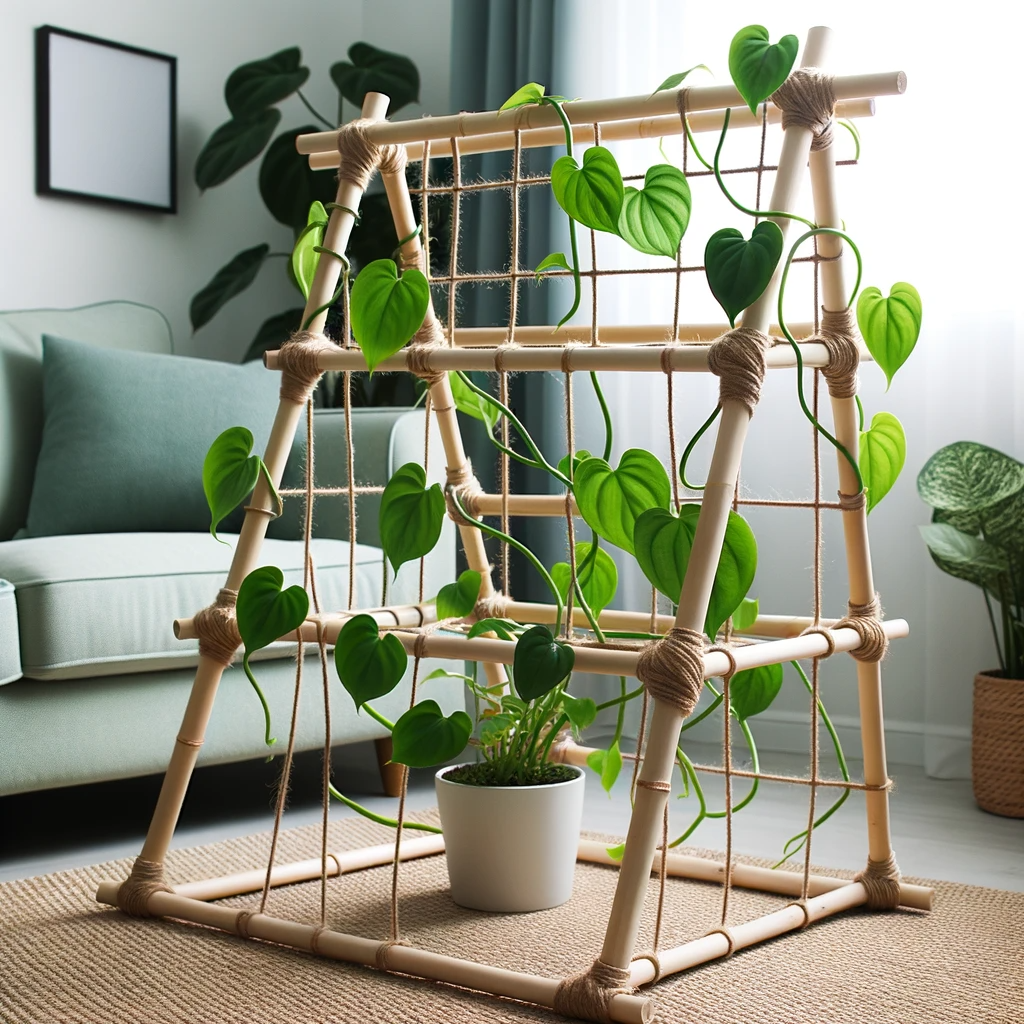
Support and guide the growth of your climbing plants with a DIY trellis. Using bamboo sticks and twine, you can create a structured pattern for plants like pothos to climb. It’s both functional and adds a decorative element to your space.
-
- Best for: Pothos, climbing philodendrons, and string of hearts.
- Tip: Secure the base of the trellis well to support the weight of the plant.
- Note: Regularly guide new growth to climb the trellis.
Want More?
We’ve got plenty of indoor plant articles (with AMAZING photos)! Check out 50 BLUE Plants that ANYONE can grow!

